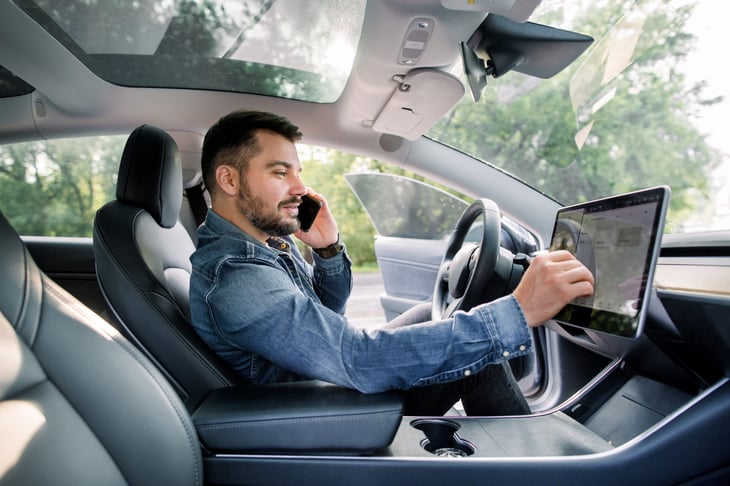
Today’s cars are technological wonders. From advanced safety features to bells and whistles that simply make driving more fun, the technology in modern vehicles has revolutionized how we get from one place to another.
But all that cutting-edge machinery comes at a price. If you want the best, you will have to pay for it. And many drivers are willing to do just that.
Recently, Rocket Auto, an online automotive marketplace, surveyed 3,200 car owners and leasers and asked them to name the types of features for which they’re willing to pay more. More than 70% said they are willing to pay more for the following.
5. Fast-charging USB outlets
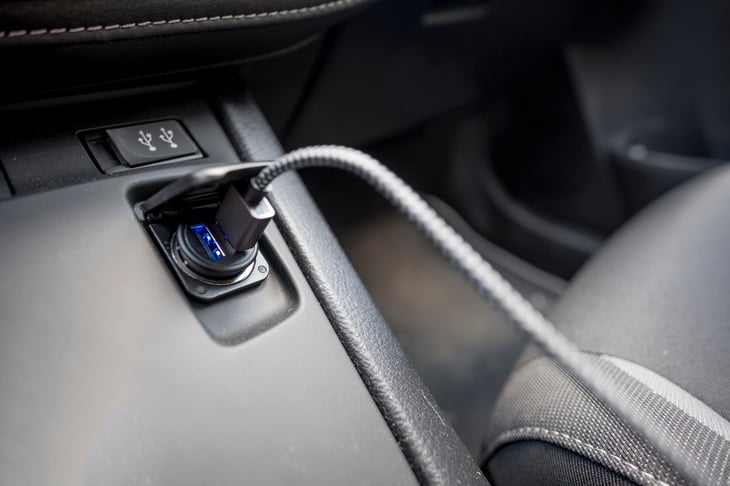
Share of drivers willing to pay more for this: 73.2%
As Rocket Auto notes, we have become so wedded to our smartphones that being without one “is a frightening concept.” That is particularly true in the wake of an auto accident or similar incident.
For those worried about being stranded in an emergency, the presence of a fast-charging USB outlet in your car provides true peace of mind.
4. Built-in navigation system
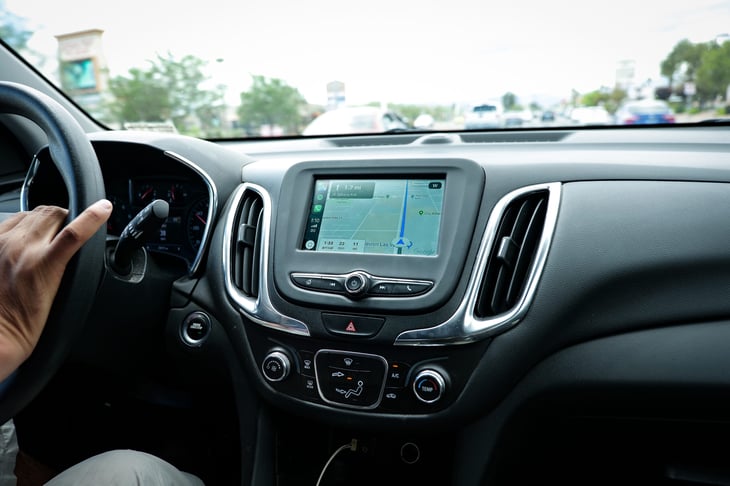
Share of drivers willing to pay more for this: 74.8%
The folks at Rocket Auto admit that this one is a bit of a head-scratcher. As noted previously, we all have smartphones and are reliant on them. Most of these phones easily can be used to navigate around town with the most updated technology.
And yet, drivers want built-in navigation systems in their vehicles and are willing to pay for them despite the fact that — as Rocket Auto points out — “by the time the systems reach drivers, especially those purchasing used vehicles, they are often already outdated.”
3. Forward collision warning
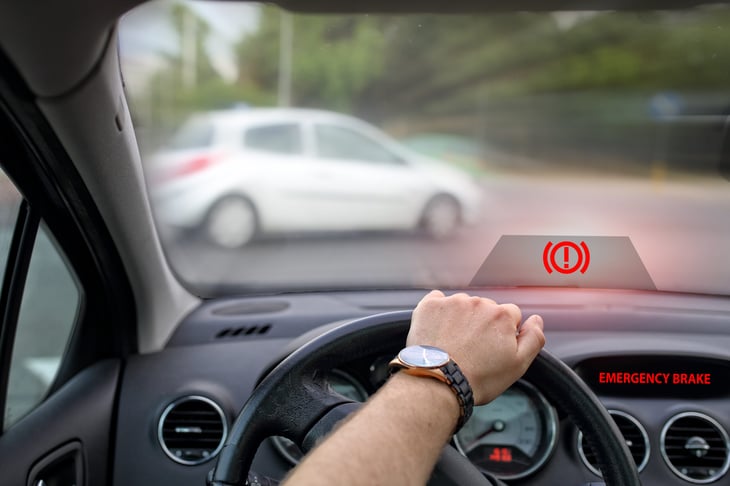
Share of drivers willing to pay more for this: 75.3%
This type of system issues visual, audible or tactile alerts to drivers when they are at risk of an imminent collision with a car or object.
The federal government says FCW systems reduce rear-end striking crash involvement rates by 27%. When combined with low-speed autonomous emergency braking, the number of crashes can drop by half.
2. Blind spot warning
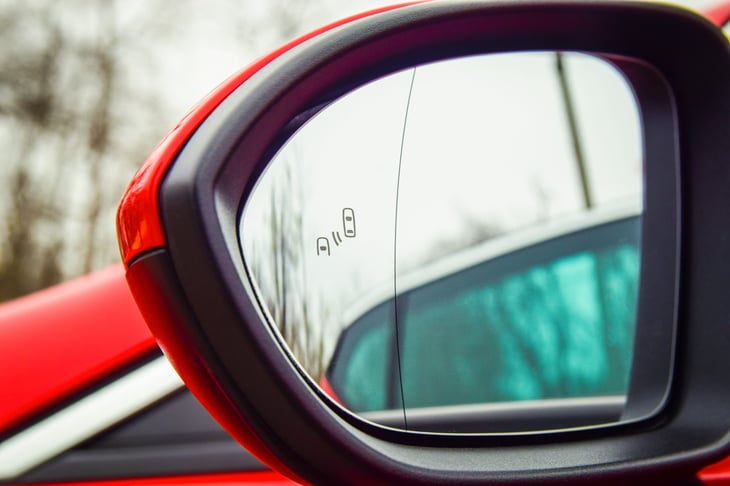
Share of drivers willing to pay more for this: 78.6%
When we learned to drive, how many of us were warned over and over not to ignore our blind spot? Today’s technology makes it much easier to obey this rule of the road.
Blind spot warning technology helps cut the risk of injury crashes during a lane change by 23%, according to the Insurance Institute for Highway Safety and the Highway Loss Data Institute.
1. Backup camera
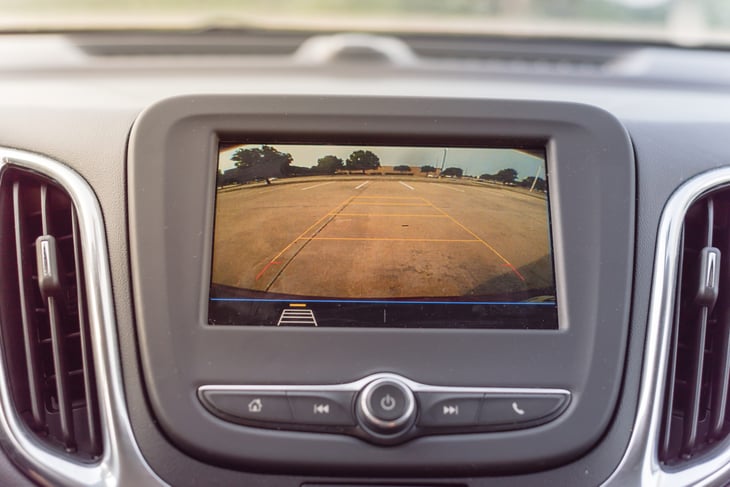
Share of drivers willing to pay more for this: 80.6%
Rocket Auto notes that it was 2018 before backup cameras became standard in vehicles. Yet, this technology already has taken its place as a “must-have” for most drivers.
These cameras reduce backing crash involvement rates by 17%, according to a study published in 2017 by the Insurance Institute for Highway Safety and the Highway Loss Data Institute.
The reduction in accidents is even larger for senior drivers, at 36% for drivers 70 and older.





Add a Comment
Our Policy: We welcome relevant and respectful comments in order to foster healthy and informative discussions. All other comments may be removed. Comments with links are automatically held for moderation.